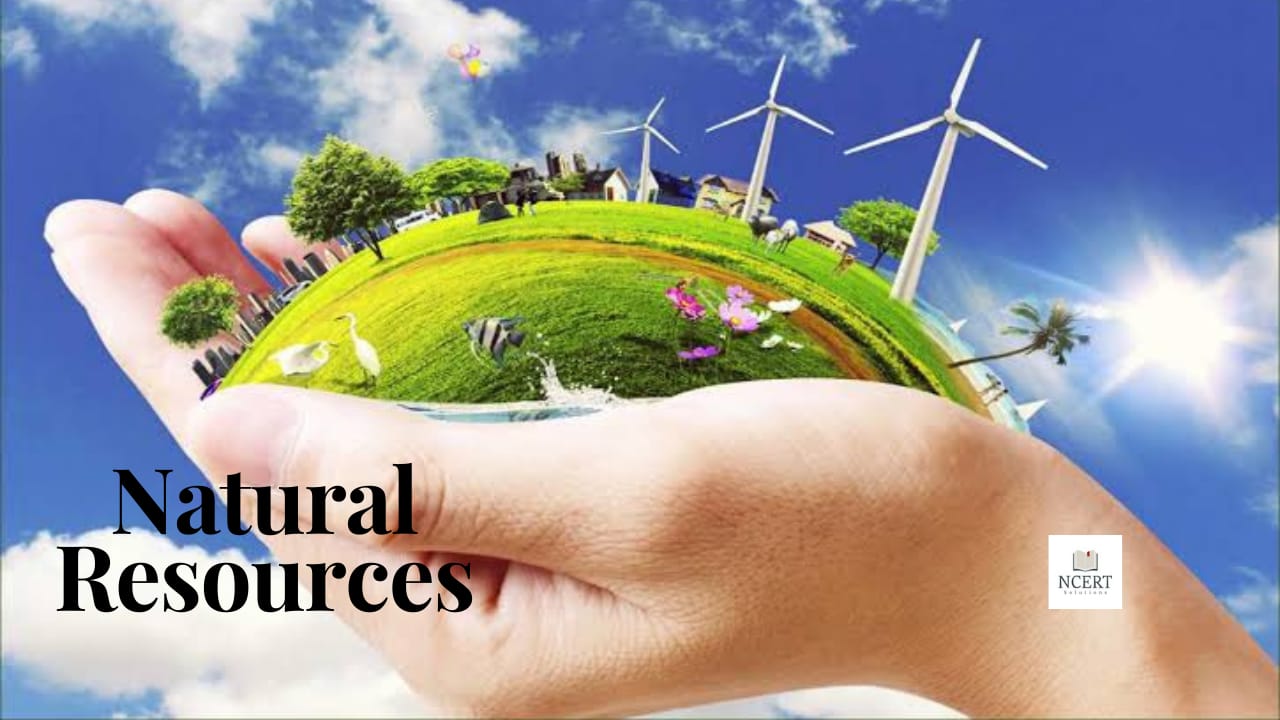Natural Resources are the biotic and organic components found in nature that are used to fulfill the needs of human beings.
These are the gift of nature, as long as the existence of natural resources is present on the earth, the existence of human beings is possible. Since we get these resources from the earth, so they are also called Earth Resources.
Types of Natural Resources
These are mainly divided into two parts:
1. Inexhaustible
Those natural resources which are found infinitely in nature, are called inexhaustible natural resources. Even after using these resources continuously, they can never be exhausted in the future. For example, sunlight, water, wind etc.
2. Exhaustible
Those natural resources whose quantity is limited in nature and which can be exhausted due to regular or over-exploitation by human beings. For example, coal, petroleum, forest etc. These resources are also divided into two parts:
- Renewable Resources – Renewable resources are those resources that can be regenerated. They can renew and if used properly they can last for a very long time. Like: forest, soil, wind, ground water, and wildlife.
- Non-renewable Resources – Non-renewable resources are those resources, whose quantity is limited and once they are exhausted, cannot be restored. If non-renewable Resources are not used carefully they will be exhausted soon. Examples: coal, petroleum, fossils, and natural gas
Difference between renewable and non-renewable resources
| Renewable resources | Non-renewable resources |
| These resources can be re-established over time. | It is not possible to renew them. |
| If these resources are used in limited quantity then these resources can also last forever. | These resources will last or run out one day. |
| They are both biotic and abiotic. | It is abiotic. |
| If their renewal is increased, then their quantity can be increased further. | With excessive use of them, it will end soon. |
| Example: forest, wildlife, groundwater and soil. | Examples: fossils, minerals, and coal. |
Need and benefits of Natural Resources
★ The more the number of natural resources the countries have, the stronger their position in the world.
★ These resources have a very important role to play in becoming a developed nation and a powerful nation. It works to increase the growth rate and GDP of the nation.
★ Keeping in view the increasing population of the world, it is necessary that these resources should be protected as much as possible. So that it can be available for use by the next generations.
★ All these resources are very necessary for the development and salvation of mankind. The importance of natural resources is many for making a good living for human life.
Conclusion
If these renewable resources like forests, wildlife, and groundwater, are not used carefully, then they will also come under the category of non-renewable or non-renewable resources.




